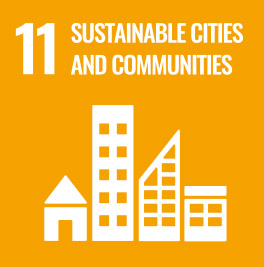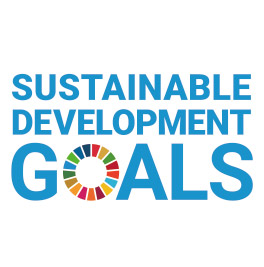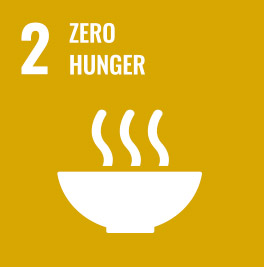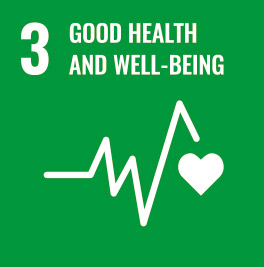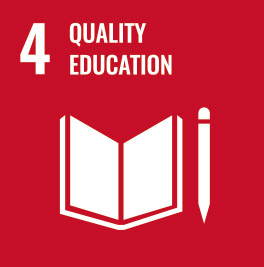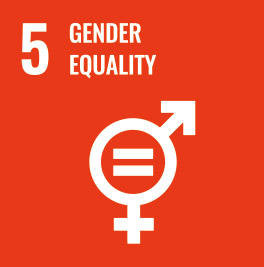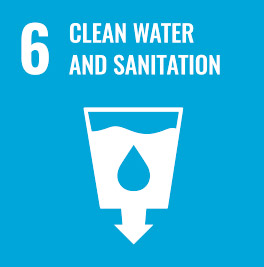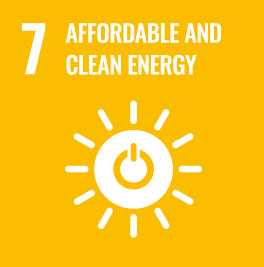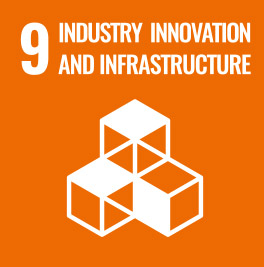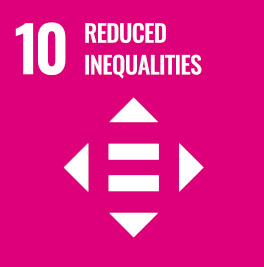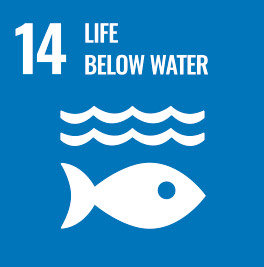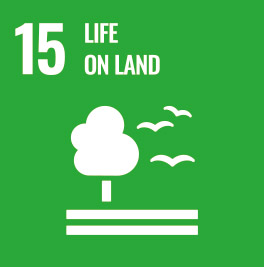SDG11
NCKU's "Maritime Exchange: The Formation of Taiwan" Exhibition Showcases Taiwan's History Through Archaeological Artifacts
The National Cheng Kung University (NCKU) Institute of Archaeology has been executing the NCKU Taiwan Studies project since 2019, conducting archaeological surveys and excavations in Anping. They have also collaborated with the Tainan City Cultural Heritage Administration to accumulate years of research results related to Fort Zeelandia and the town. From August 26 to November 24, the NCKU Library's main hall will host the special exhibition "Maritime Exchange: The Formation of Taiwan," which utilizes rich archaeological artifacts to explore the historical evolution of Taiwan from prehistoric times to the present and examines how external forces have shaped today's Taiwan through material remains.
The exhibition "Maritime Exchange: The Formation of Taiwan" held its opening ceremony on September 11, attended by NCKU Vice President Yuh-Neu Chen, Library Director Tzu-Fun Fu, and representatives from the Tainan Cultural Heritage Administration, the Industrial Technology Research Institute, the National Ocean Research Institute, and various cultural figures.
In her speech, Vice President Chen stated that NCKU, led by the Institute of Archaeology, is a pioneer in implementing the Taiwan Studies project, beginning with the "400 Years of Archaeology at Fort Zeelandia," conducting relevant research and field surveys. She emphasized that "archaeology" allows us to see the past and gain insights into the future, and that this exhibition provides a valuable historical context for Taiwan from the Paleolithic era to modern times from an academic perspective.
Library Director Fu noted that Tainan is a significant source of Taiwan's historical development, and the library serves as a repository of knowledge from various eras and cultures. The archaeological artifacts create many connections between the present and the past, evoking a sense of historical nostalgia.
Exhibition organizer Professor Yi-Chang Liu pointed out key questions such as "What is Taiwan?" and "When did people first arrive in Taiwan?" can be explored through archaeological artifacts. The exhibition showcases the development of Taiwan and its influences, and Professor Liu hopes that NCKU can develop a narrative of Taiwan's history using data from Southern Taiwan. He subsequently guided attendees through the exhibition, providing clear explanations that enhanced their understanding of archaeology, Taiwan's development, and social transformation.
In addition to the exhibition, NCKU will host the international academic conference "Taiwan and Its Surroundings in the 17th Century: Perspectives from Archaeology (1550-1717)" on November 22 and 23 at the NCKU International Conference Hall, inviting scholars from Taiwan, the Netherlands, Vietnam, Japan, and other countries to discuss exchanges and influences between East Asia and Europe during the 17th century.
This exhibition focuses on the archaeological and historical research conducted by NCKU regarding Fort Zeelandia and the surrounding area. It centers on Taiwan's involvement in the global trade system in the 17th century, examining how trade motivations influenced Taiwan's material culture, including interactions between Han settlers and Indigenous peoples, as well as cultural exchanges with the Dutch.
The exhibition is divided into seven major themes:
1. A review of Taiwan's Paleolithic era, showcasing the stone tools used by early inhabitants and illustrating how they utilized rich terrestrial and marine resources for hunting and gathering, from the Penghu people 190,000 to 450,000 years ago to hunter-gatherers 5,500 years ago.
2. Demonstrating how Austronesian peoples, over 6,000 years ago, arrived in Taiwan during the early Neolithic period and their pottery-making techniques and cultural changes.
3. Analyzing how material culture from the Chinese Empire entered Taiwan after the late 9th century, particularly with the appearance of Tang and Song dynasty porcelain along the coastal areas.
4. The impact of the Dutch in the 17th century, highlighting how they established Fort Zeelandia and its profound effects on Indigenous societies through military and diplomatic means.
5. Introducing underwater shipwreck surveys currently conducted in Tainan Bay, illustrating the thriving maritime activities of the time.
6. Exploring how the Qing Empire and Japan further integrated Taiwan into the global trade system in the 18th century, including challenges of industrialization during the late Qing Dynasty and modernization processes following Japan's Meiji Restoration.
7. Finally, depicting the societal changes in Taiwan in the latter half of the 20th century, detailing the transition from an agricultural to an industrial society and examining how the fusion of diverse cultures led to the formation of contemporary Taiwan. Artifacts such as Yakult bottles and stained glass windows vividly reflect the consumption culture and social changes in Taiwan.
The exhibition "Maritime Exchange: The Formation of Taiwan" held its opening ceremony on September 11, attended by NCKU Vice President Yuh-Neu Chen, Library Director Tzu-Fun Fu, and representatives from the Tainan Cultural Heritage Administration, the Industrial Technology Research Institute, the National Ocean Research Institute, and various cultural figures.
In her speech, Vice President Chen stated that NCKU, led by the Institute of Archaeology, is a pioneer in implementing the Taiwan Studies project, beginning with the "400 Years of Archaeology at Fort Zeelandia," conducting relevant research and field surveys. She emphasized that "archaeology" allows us to see the past and gain insights into the future, and that this exhibition provides a valuable historical context for Taiwan from the Paleolithic era to modern times from an academic perspective.
Library Director Fu noted that Tainan is a significant source of Taiwan's historical development, and the library serves as a repository of knowledge from various eras and cultures. The archaeological artifacts create many connections between the present and the past, evoking a sense of historical nostalgia.
Exhibition organizer Professor Yi-Chang Liu pointed out key questions such as "What is Taiwan?" and "When did people first arrive in Taiwan?" can be explored through archaeological artifacts. The exhibition showcases the development of Taiwan and its influences, and Professor Liu hopes that NCKU can develop a narrative of Taiwan's history using data from Southern Taiwan. He subsequently guided attendees through the exhibition, providing clear explanations that enhanced their understanding of archaeology, Taiwan's development, and social transformation.
In addition to the exhibition, NCKU will host the international academic conference "Taiwan and Its Surroundings in the 17th Century: Perspectives from Archaeology (1550-1717)" on November 22 and 23 at the NCKU International Conference Hall, inviting scholars from Taiwan, the Netherlands, Vietnam, Japan, and other countries to discuss exchanges and influences between East Asia and Europe during the 17th century.
This exhibition focuses on the archaeological and historical research conducted by NCKU regarding Fort Zeelandia and the surrounding area. It centers on Taiwan's involvement in the global trade system in the 17th century, examining how trade motivations influenced Taiwan's material culture, including interactions between Han settlers and Indigenous peoples, as well as cultural exchanges with the Dutch.
The exhibition is divided into seven major themes:
1. A review of Taiwan's Paleolithic era, showcasing the stone tools used by early inhabitants and illustrating how they utilized rich terrestrial and marine resources for hunting and gathering, from the Penghu people 190,000 to 450,000 years ago to hunter-gatherers 5,500 years ago.
2. Demonstrating how Austronesian peoples, over 6,000 years ago, arrived in Taiwan during the early Neolithic period and their pottery-making techniques and cultural changes.
3. Analyzing how material culture from the Chinese Empire entered Taiwan after the late 9th century, particularly with the appearance of Tang and Song dynasty porcelain along the coastal areas.
4. The impact of the Dutch in the 17th century, highlighting how they established Fort Zeelandia and its profound effects on Indigenous societies through military and diplomatic means.
5. Introducing underwater shipwreck surveys currently conducted in Tainan Bay, illustrating the thriving maritime activities of the time.
6. Exploring how the Qing Empire and Japan further integrated Taiwan into the global trade system in the 18th century, including challenges of industrialization during the late Qing Dynasty and modernization processes following Japan's Meiji Restoration.
7. Finally, depicting the societal changes in Taiwan in the latter half of the 20th century, detailing the transition from an agricultural to an industrial society and examining how the fusion of diverse cultures led to the formation of contemporary Taiwan. Artifacts such as Yakult bottles and stained glass windows vividly reflect the consumption culture and social changes in Taiwan.

"Maritime Exchange: The Formation of Taiwan" Exhibition Explores Taiwan's Historical Evolution Through Archaeology.
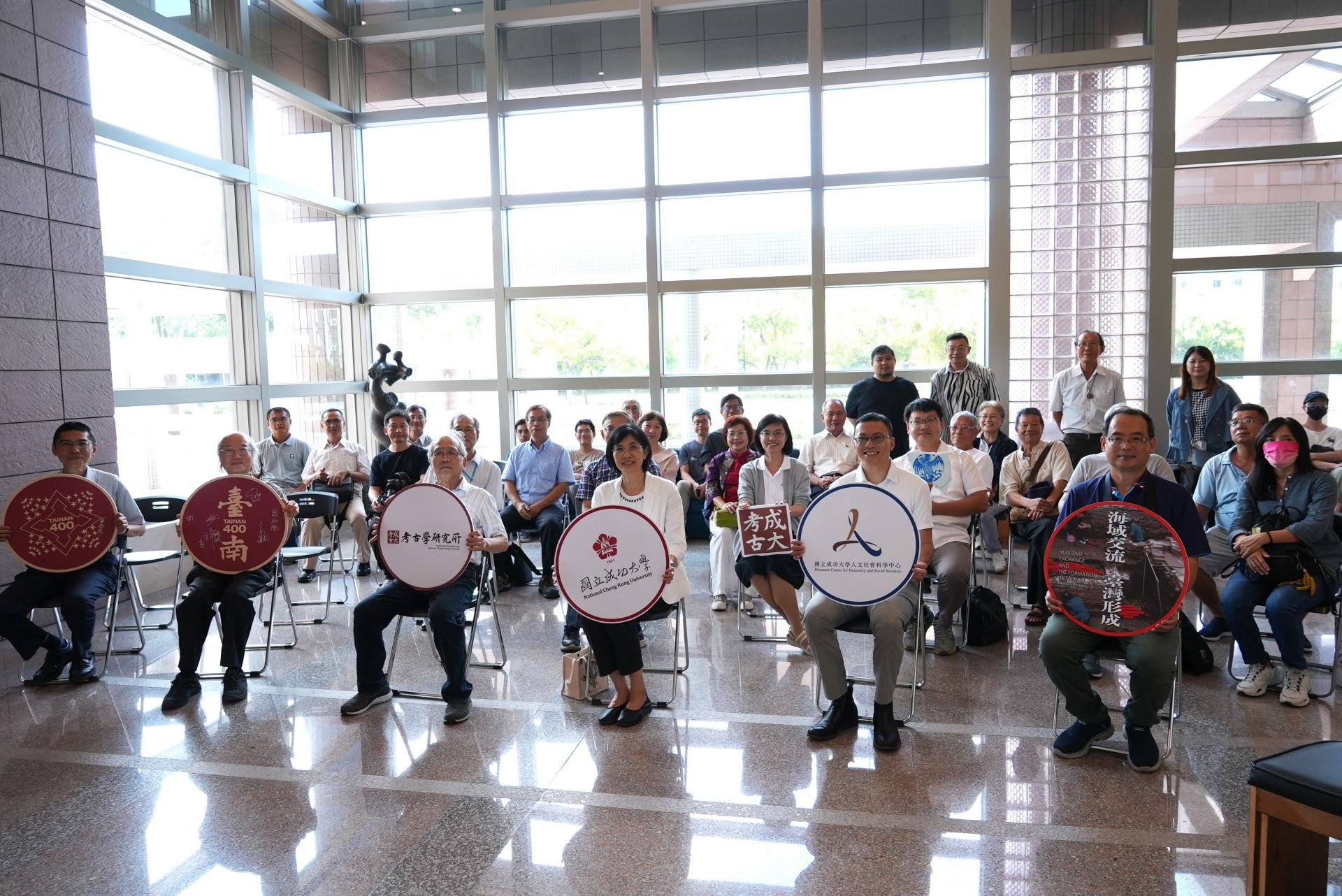
Group photo from the opening ceremony.
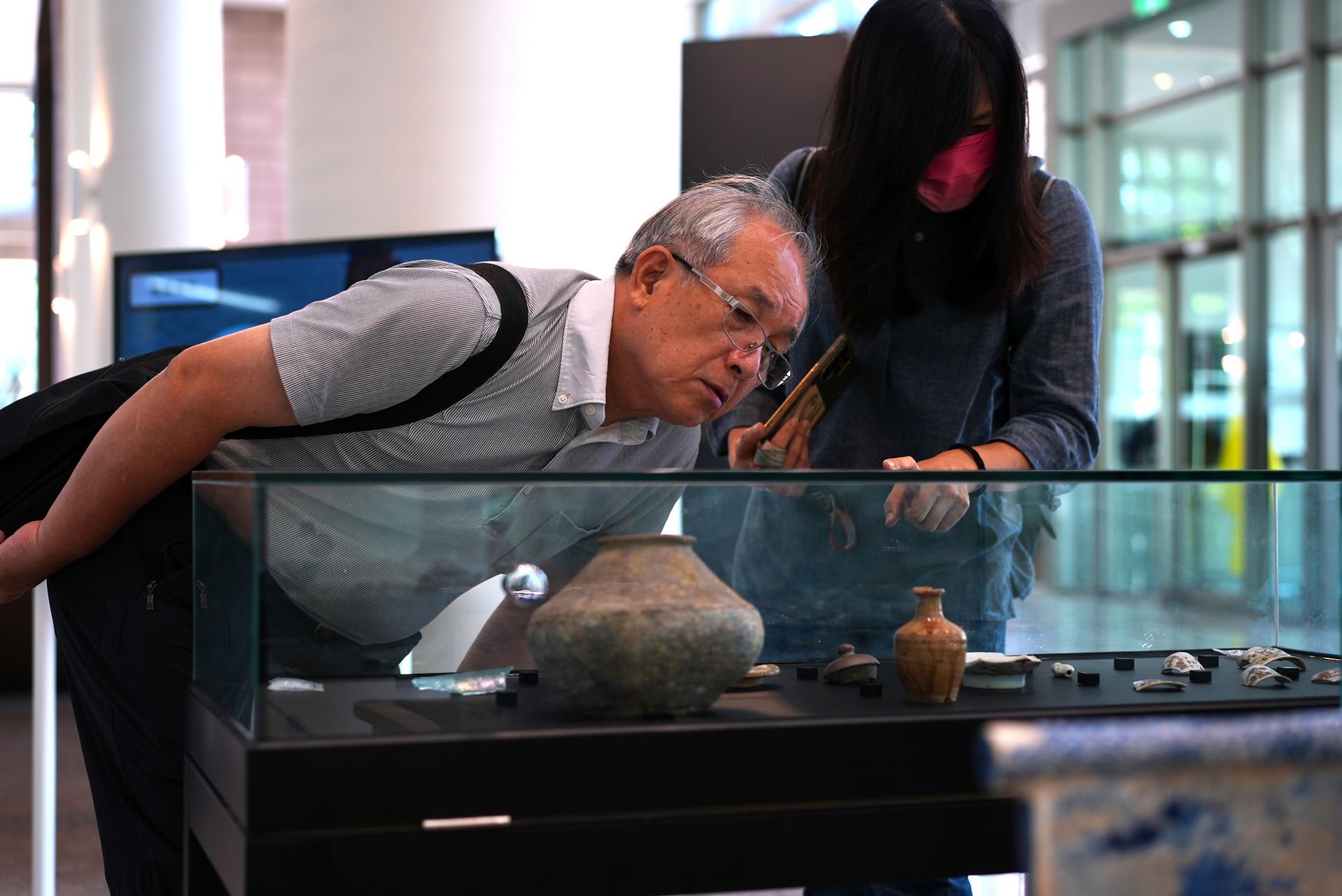
Visitors carefully examined the archaeological artifacts on display.
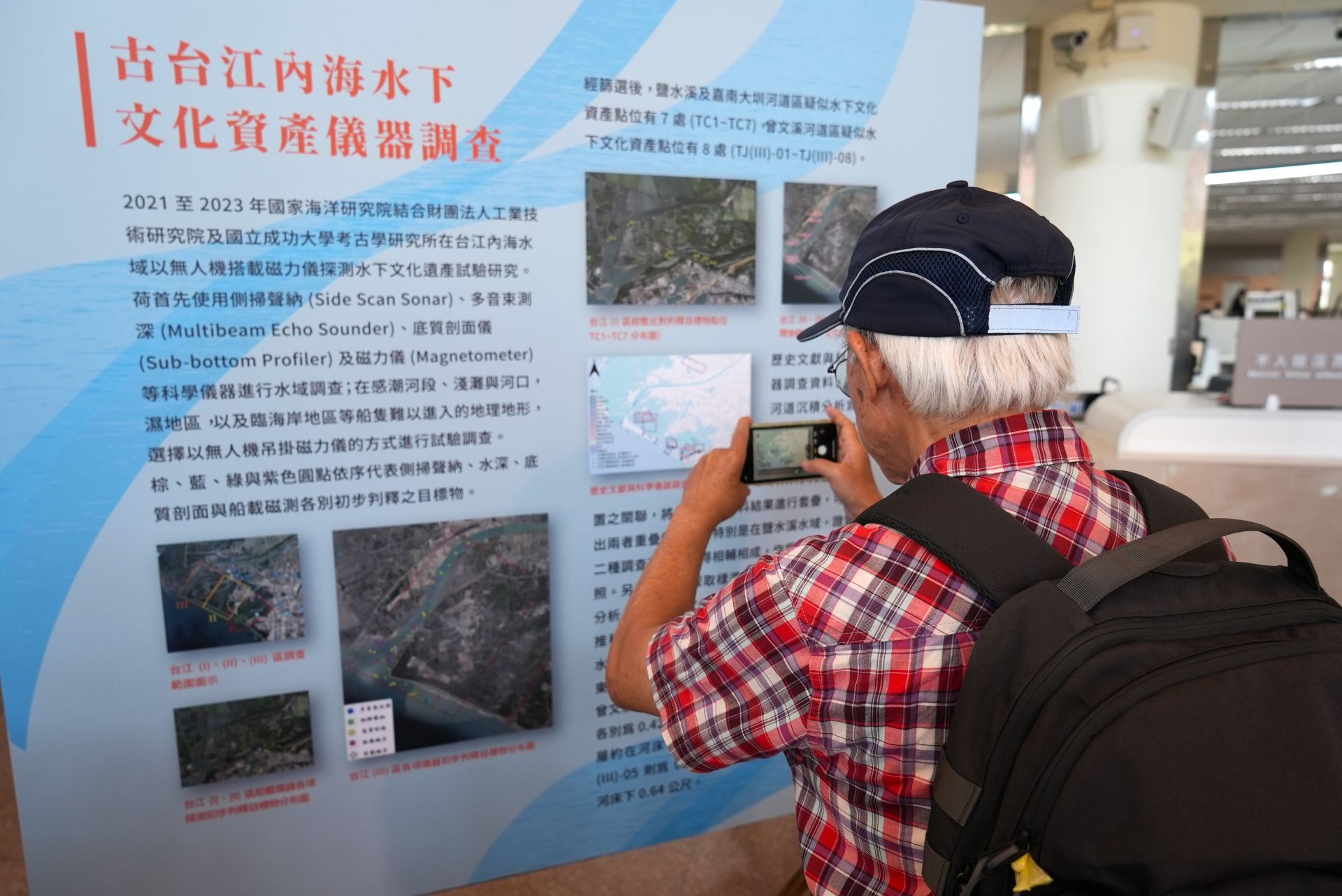
In addition to viewing the exhibition, visitors also took photos.
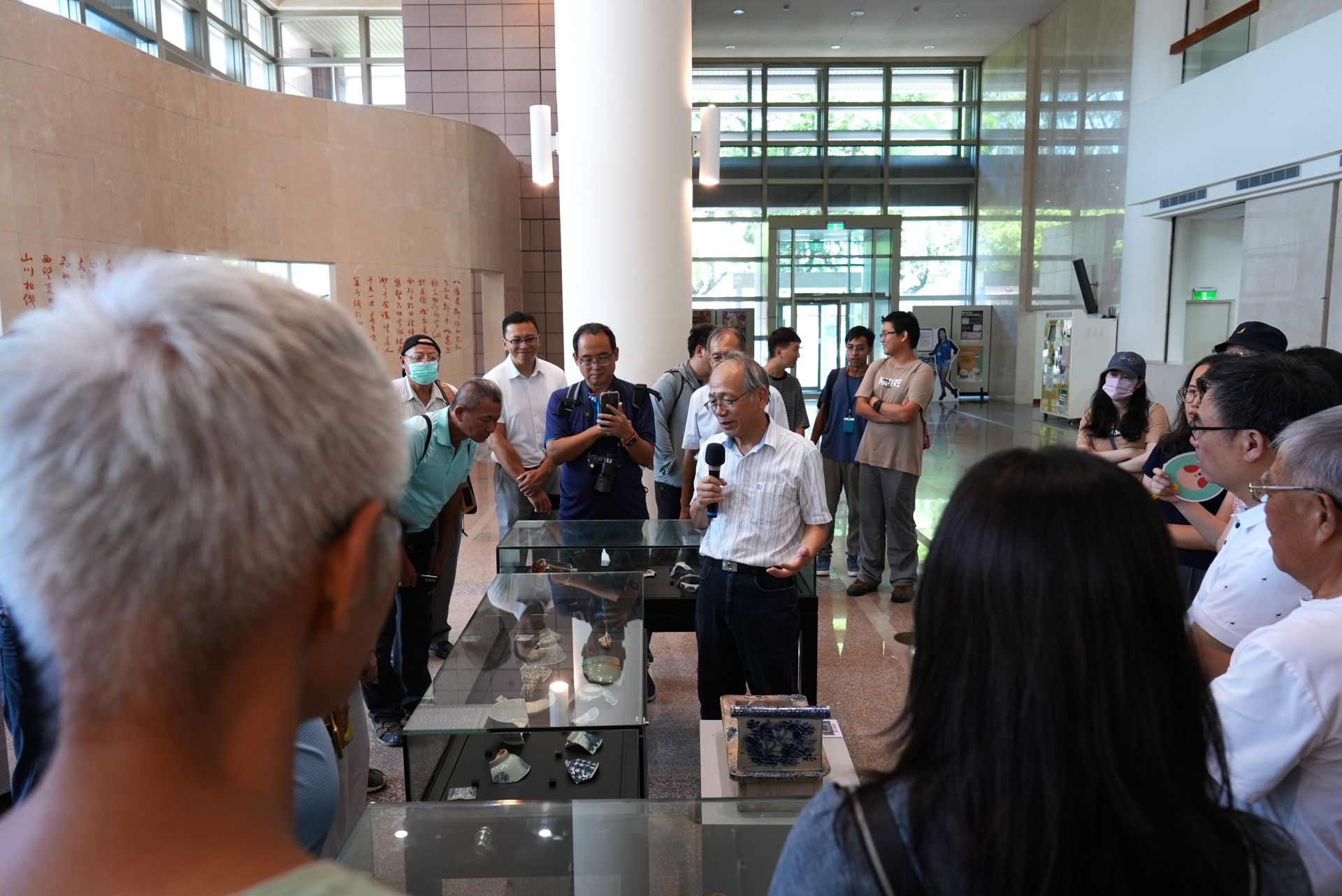
Professor Yi-Chang Liu from the Archaeology Department (the one holding the microphone) guides the audience through the exhibition.
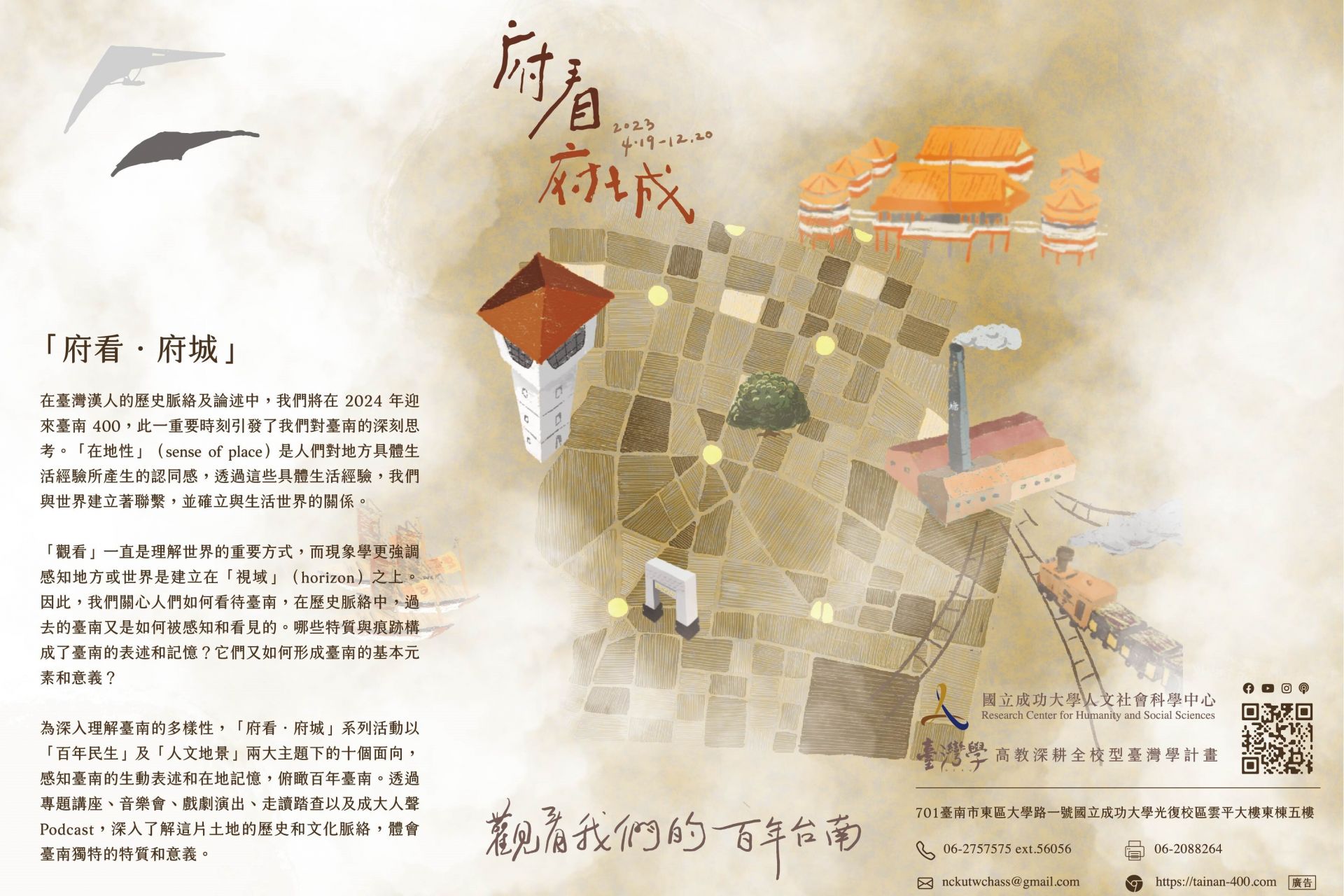
SDG11NCKU's "Cityscape Exploration in Tainan" offers over 400 diverse activities, inviting public participation starting in September
View more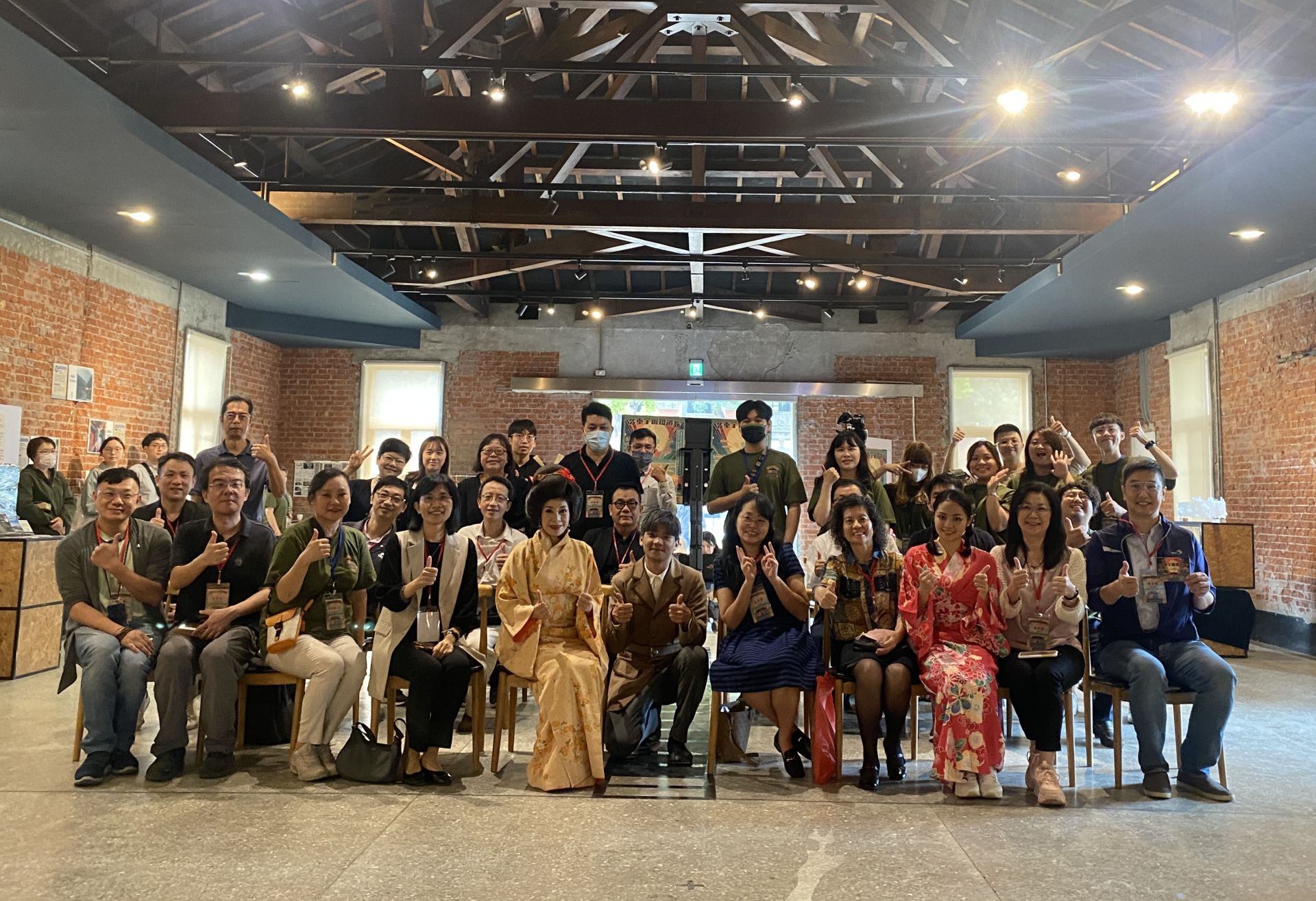
SDG11NCKU's "Multiverse Railway Journey": Art and Drama Integrated with AI Cross-Domain Exhibition of Taiwan's Railway Memories
View more


